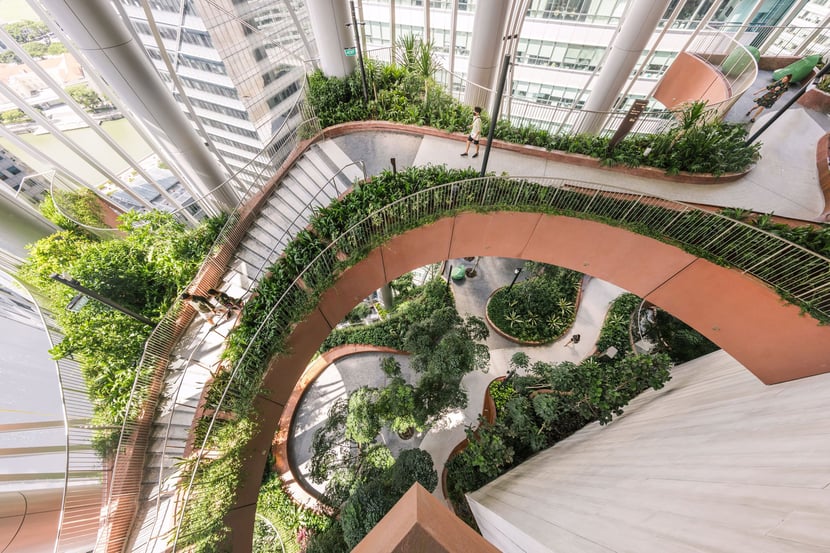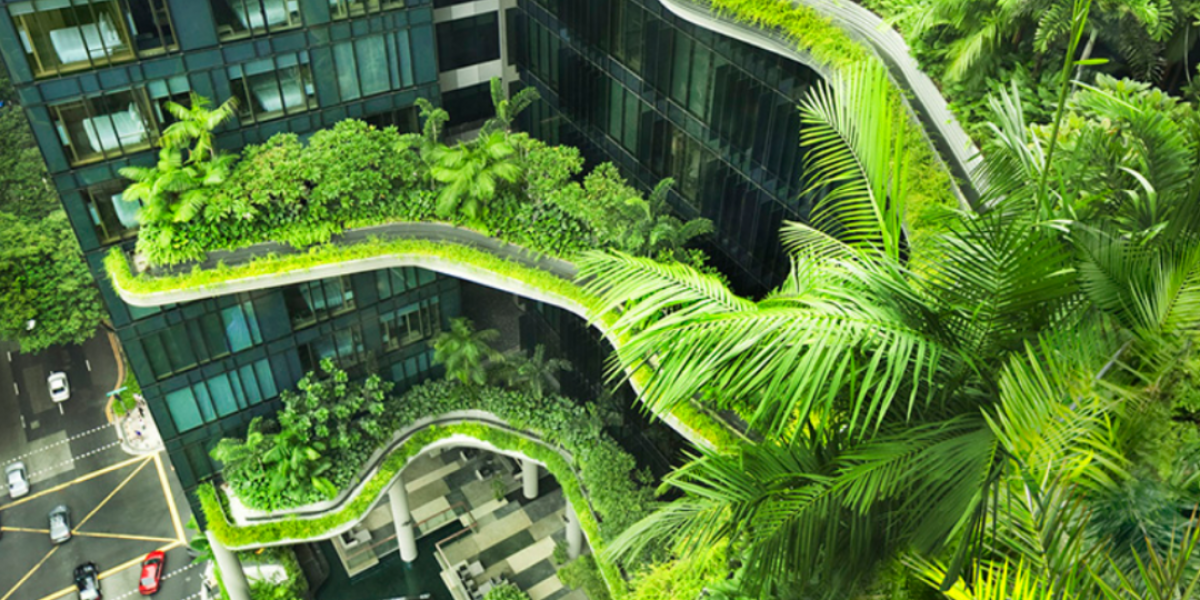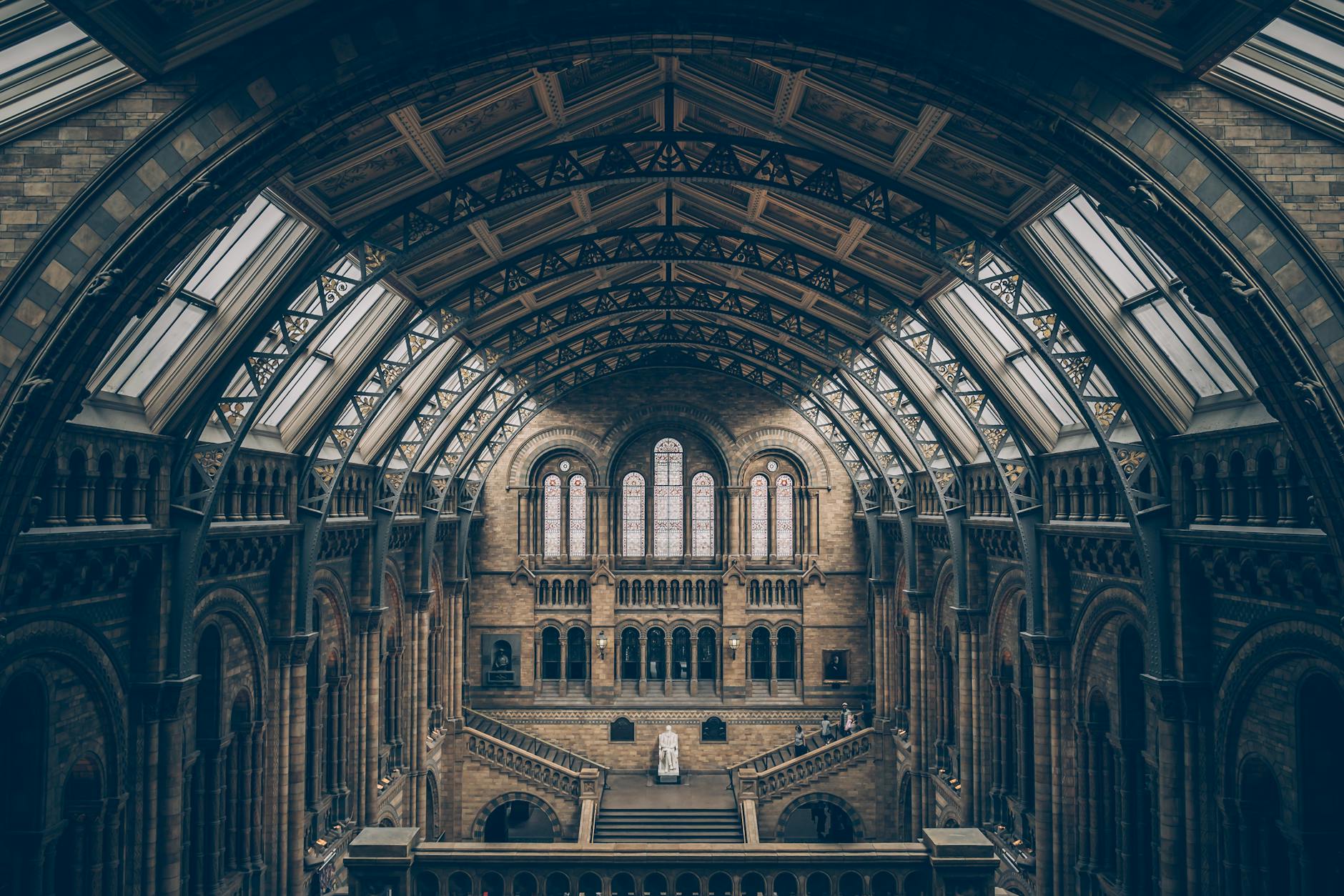Discover the secrets to navigating Singapore’s booming investment market, finding the perfect balance between stability and profit for success.
 Image courtesy of Erik Mclean via Pexels
Image courtesy of Erik Mclean via Pexels
Table of Contents
When it comes to property investment in Singapore, there are two main strategies to consider – long-term gains or short-term profits. Each approach comes with its own set of risks and rewards, and choosing the right strategy can make a significant impact on your investment success. In this blog post, we’ll explore the differences between long-term and short-term property investment in the Lion City, and provide insights into how you can navigate these strategies to achieve your financial goals.
Long-Term Investment Strategies
Long-term investment in Singapore’s property market offers several advantages for investors looking for stability and steady returns. One of the key benefits of a long-term approach is the potential for capital appreciation over time. Pinetree Hill pricing presents a good entry price and better gain in future. Singapore’s property market has historically shown resilience and growth, making it a desirable option for those looking to build wealth steadily.
Another advantage of long-term investments is the consistent rental income and cash flow they can provide. By renting out your property, you can generate a passive income stream that can help offset the costs of ownership and provide a reliable source of revenue.
Successful long-term investment strategies often involve diversification and thorough market research. By investing in a mix of properties across different locations and asset classes, you can reduce your risk exposure and increase your chances of long-term success. Keeping a close eye on market trends, economic indicators, and government policies can also help you make informed decisions and maximize your returns.
Short-Term Investment Strategies
Short-term property investment in Singapore can offer the potential for quick profits, but it also comes with higher risks and volatility. One common short-term strategy is property flipping, where investors buy properties with the intention of selling them for a profit in a relatively short period of time. Another option is to rent out properties on a short-term basis, such as through platforms like Airbnb, to capitalize on high rental demand in specific areas.
One of the key factors in successful short-term investments is market timing. Being able to identify and capitalize on market trends, such as up-and-coming neighborhoods or high-demand property types, can be crucial in maximizing your profits. Renovating properties to increase their value and leveraging financing options to boost your purchasing power are also common strategies used by short-term investors.
Case Studies and Examples
To better understand the implications of long-term and short-term property investment strategies in Singapore, let’s take a look at some real-life examples.
Case Study 1: Long-Term Investment
John purchased a condominium in a prime location in Singapore ten years ago and rented it out to tenants. Over time, the value of the property has appreciated significantly, and John has enjoyed a steady rental income stream. By taking a long-term approach, John has seen his investment grow in value and provide him with a reliable source of passive income.
Case Study 2: Short-Term Investment
Sarah decided to try her hand at property flipping by purchasing a studio apartment in an up-and-coming neighborhood and renovating it before selling it for a profit. While Sarah was able to make a quick profit on the sale, she also faced challenges related to market fluctuations and renovation costs. By weighing the risks and rewards of short-term investments, Sarah was able to achieve her financial goals.
Conclusion
Choosing between long-term stability and short-term profits in property investment in Singapore can be a daunting task, but with careful consideration and research, you can find a strategy that aligns with your goals and risk tolerance. Whether you opt for long-term investments for steady growth or short-term strategies for quick gains, it’s essential to stay informed, track market trends, and seek advice from experts in the field.
By balancing long-term stability with short-term profits, you can navigate the complexities of property investment in Singapore and pave the way for a successful and rewarding investment journey.
 Image courtesy of Mary Taylor via
Image courtesy of Mary Taylor via 
 Image courtesy of www.thinkglobalhealth.org via
Image courtesy of www.thinkglobalhealth.org via  Image courtesy of Joshua via
Image courtesy of Joshua via